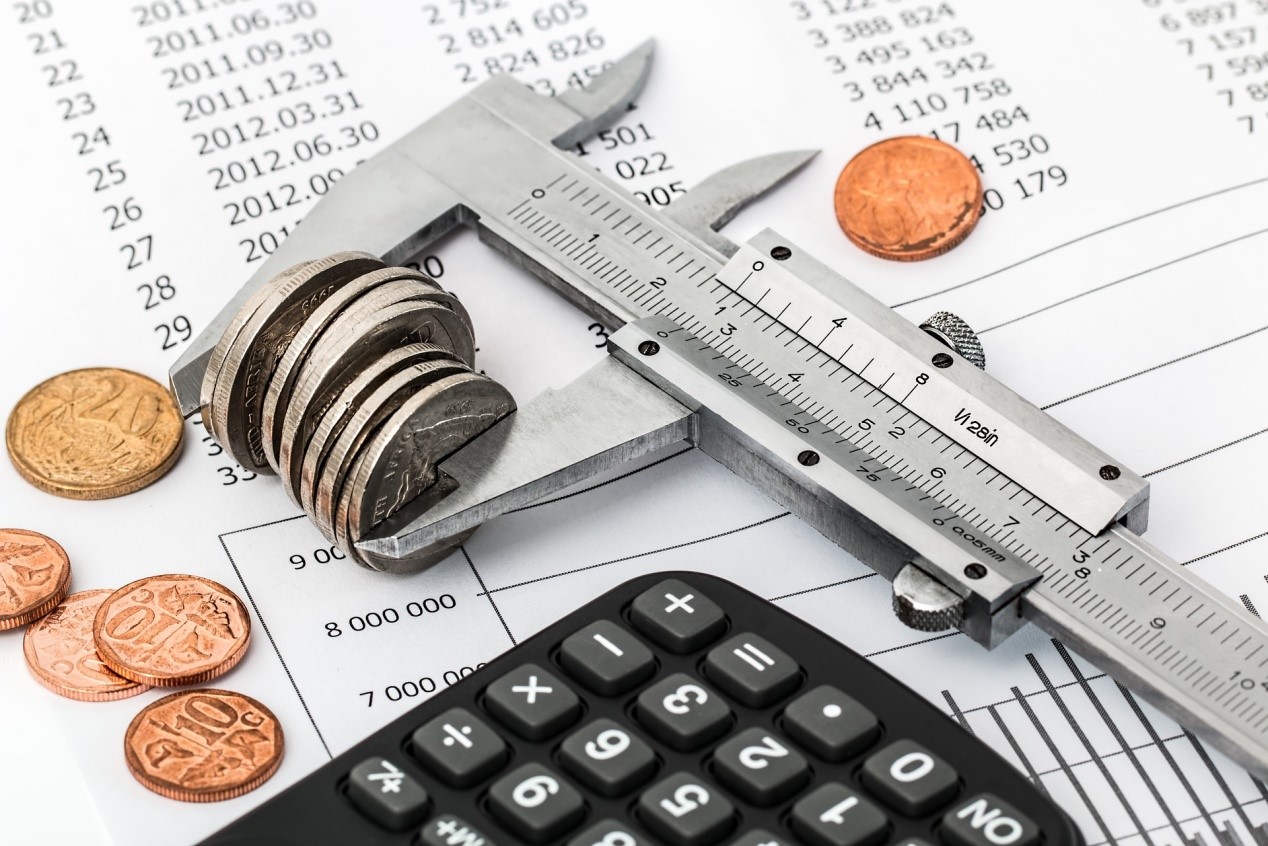
Create a Budget
Budgeting can be tedious. But with a budget in place, you’ll have a picture of your income and expenses in case you need to tighten your purse strings later, and you’ll be better equipped to build a bigger savings cushion. To get started, you’ll need to track your expenses.
Use an online budgeting tool or app that links to your bank, investment, credit card and other accounts and automatically tracks and categorizes expenses. Clarity Money, Mint and Personal Capital offer free trackers plus other handy features. Clarity Money and Mint, for example, provide free credit scores. Personal Capital will run a checkup on your investment portfolio’s asset allocation.
A simple budget breakdown follows the 50-20-30 rule: Up to 50% of your take-home pay is for essential expenses, such as rent or mortgage payments, utility bills, transportation to work, groceries, and insurance premiums; at least 20% goes toward saving for retirement, an emergency fund and other goals, and paying down debt; and up to 30% is designated for nonessentials, which may include restaurant meals and travel and entertainment spending.




